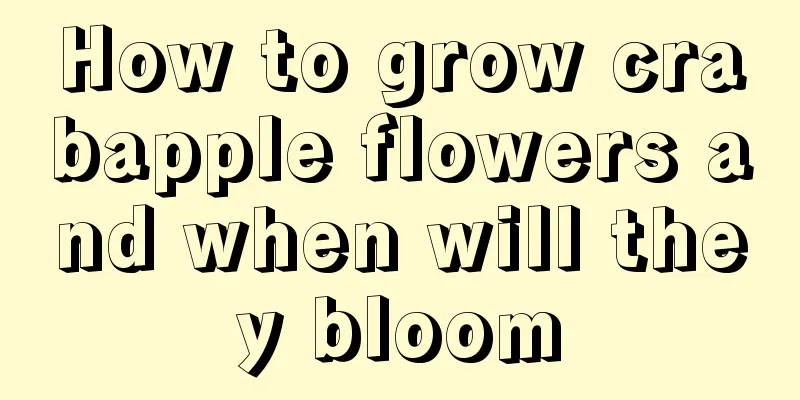Common Pests of Snapdragon and Their Control Methods

Common Pests of Snapdragon: AphidsPest symptomsThey usually concentrate on sucking sap from tender buds, leaves and branches, causing the affected parts of the plant to shrink and deform. Aphids also secrete honeydew that contaminates the plants and induces diseases such as sooty mold. Prevention and treatment methodsYou can use 600-800 times diluted Wanling or 800-1000 times diluted 25% fish vine oil Suposha for spraying. Suposha is a broad-spectrum organophosphorus insecticide with contact and stomach poison effects and strong penetration. It can penetrate into plant tissues and has a good control effect on chewing and piercing-sucking mouthparts pests. Spray once a week for 2-3 times in a row. Common Pests of Snapdragon: Red SpiderPest symptomsWhen snapdragons are harmed by red spider mites, their leaves fade and their chlorophyll is destroyed. Dense small yellow spots and yellow spots appear on the surface, and they gradually shrink, turn yellow, and wither. In severe cases, they fall off and lose their ornamental value. Prevention and treatment methodsRed spider mites often hide on the back of branches, leaves or in densely foliaged areas. They can be concealed by nets and easily captured manually. If chemical agents are used for treatment, you can use 20% trichloronate emulsion, add 800-1000 times water, make a solution for spraying. This drug has a good killing effect on adults, nymphs and eggs. You can also add 1000-1500 times the amount of DDT emulsion into water to make a solution for spraying. Common Pests of Snapdragon: WhitefliesPest symptomsWhiteflies suck plant sap, which can cause leaves to fade, curl, and shrink. They also often become vectors of various toxins and cause other diseases. Prevention and treatment methodsIt can be killed by spraying with 0.01% solution of dimethoate. Common Pests of Snapdragon: ThripsPest symptomsThe adults or nymphs live on plants and feed on young shoots, tender leaves, flowers and young fruits. The young leaves curl up after being eaten, and the buds and flowers wilt after being damaged. Prevention and treatment methodsIn the early stage of the disease, you can spray 25% derris or 40% dimethoate at 400-500 times dilution. |
<<: Hollyhock Pests and Control Methods
>>: Common pests of King Protea and their control methods
Recommend
What does peach blossom mean? Pictures of peach blossom
1. Plant introduction Peach blossom refers to the...
Which month is best for sowing gourds?
China has a long history of growing gourds . Gour...
Eggplant seedling raising time
1. Seedling raising time The eggplant seedling ra...
Where is Gastrodia suitable for planting?
Gastrodia elata planting area Gastrodia elata gen...
When is the best month to plant lettuce in the north? When and how to plant lettuce in the north
Lettuce is a common vegetable in daily life. If t...
Methods for improving saline-alkali land
1. Deepen cultivation and improvement This is a v...
How to Make Osmanthus Bloom at Christmas
Actual flowering period Under normal circumstance...
How to prune a small banyan tree
When to prune the banyan tree Small banyan trees ...
Sprinkle some of this in the hydroponic bottle, the flowers and plants will not turn yellow for 10 years and will grow like crazy
Magnetized water The so-called magnetized water, ...
What to do if potted roses wilt
1. Watering in time Reason: Roses have a high dem...
Cucumber seed planting method steps
Before planting cucumber seeds, soak them for abo...
Water spinach cultivation methods and precautions
How to pronounce Nymphoides Yes, this is the &quo...
What plants can replace fences?
Hydrangea Everyone should be familiar with hydran...
The most common flowers in spring
1. Tulip Tulips prefer plenty of sunlight, but ca...
How to plant first love
Prepare the Soil I found a small flowerpot, fille...









